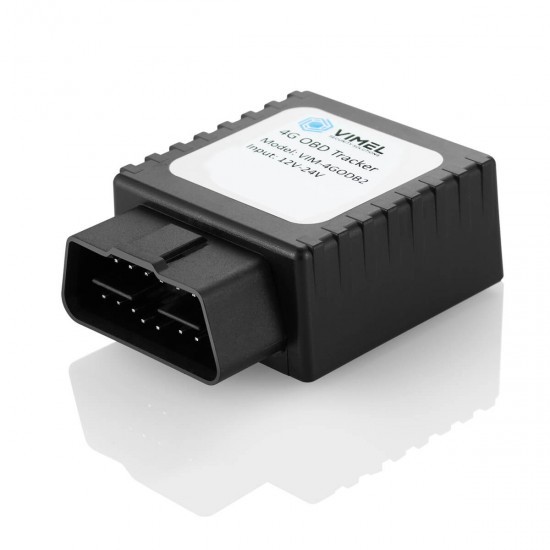An Obdii Listening Device, often disguised as a simple GPS tracker, offers a powerful solution for vehicle monitoring and security. Utilizing the vehicle’s onboard diagnostics port (OBDII), these devices provide real-time location data, audio surveillance, and a range of alerts to keep you informed about your vehicle’s status. This comprehensive guide delves into the functionalities, benefits, and considerations surrounding OBDII listening devices.
How OBDII Listening Devices Work
OBDII listening devices plug directly into the vehicle’s OBDII port, typically located under the dashboard. Leveraging 4G/3G cellular networks, these devices transmit data to a user-accessible platform, often a smartphone app or web portal. This allows for real-time tracking of the vehicle’s location and remote audio monitoring of its surroundings. Many devices also incorporate features like geo-fencing, motion detection, and temperature alerts, providing a comprehensive security and monitoring solution.

Key Features and Benefits
Beyond basic GPS tracking, OBDII listening devices offer a suite of features designed to enhance security and provide peace of mind:
-
Real-Time Audio Monitoring: Listen to live audio from inside the vehicle, providing valuable situational awareness. This feature can be crucial in security situations or for monitoring driver behavior.
-
GPS Tracking: Monitor the vehicle’s location in real-time, with precise location data and historical tracking records.
-
Geo-Fencing: Set virtual boundaries and receive alerts when the vehicle enters or exits these predefined zones.
-
Motion/Vibration Detection: Receive instant notifications if the vehicle is moved or tampered with.
-
Temperature Monitoring: Get alerts for high temperatures, potentially indicating mechanical issues.
-
Power Loss Alerts: Be notified if the device loses power, suggesting possible tampering or disconnection.
-
Low Battery Alerts: Ensure continuous operation with timely low battery warnings.
Choosing the Right OBDII Listening Device
Selecting the appropriate OBDII listening device requires considering several factors:
-
Cellular Compatibility: Ensure the device supports 4G/3G networks in your area for reliable connectivity. Some devices may also offer international roaming capabilities.
-
Subscription Costs: While some devices require ongoing subscription fees, others offer a one-time purchase price with no recurring costs. Evaluate your budget and long-term needs.
-
Mobile App and Platform: Choose a device with a user-friendly mobile application and web platform for easy access to tracking data and alerts. Compatibility with both Android and iOS devices is often preferred.
-
Battery Life: Consider the device’s battery life, especially if relying on the backup battery in case of power disconnection.
Installation and Use
Most OBDII listening devices are designed for simple plug-and-play installation. Simply locate the OBDII port in your vehicle and connect the device. After installation, follow the manufacturer’s instructions to configure the device and connect it to the mobile app or web platform.

Legal and Ethical Considerations
Using an OBDII listening device raises important legal and ethical concerns. Laws regarding audio surveillance vary by jurisdiction, and it’s crucial to understand and comply with all applicable regulations. Obtain consent from all parties being monitored when using the audio surveillance feature. Responsible and ethical use is paramount to ensuring privacy and avoiding legal repercussions.
Conclusion
OBDII listening devices offer a powerful tool for vehicle tracking, security, and monitoring. By understanding their functionalities, benefits, and associated legal and ethical considerations, you can make an informed decision about whether an OBDII listening device is the right solution for your needs. Always prioritize responsible use and compliance with all applicable laws and regulations.
